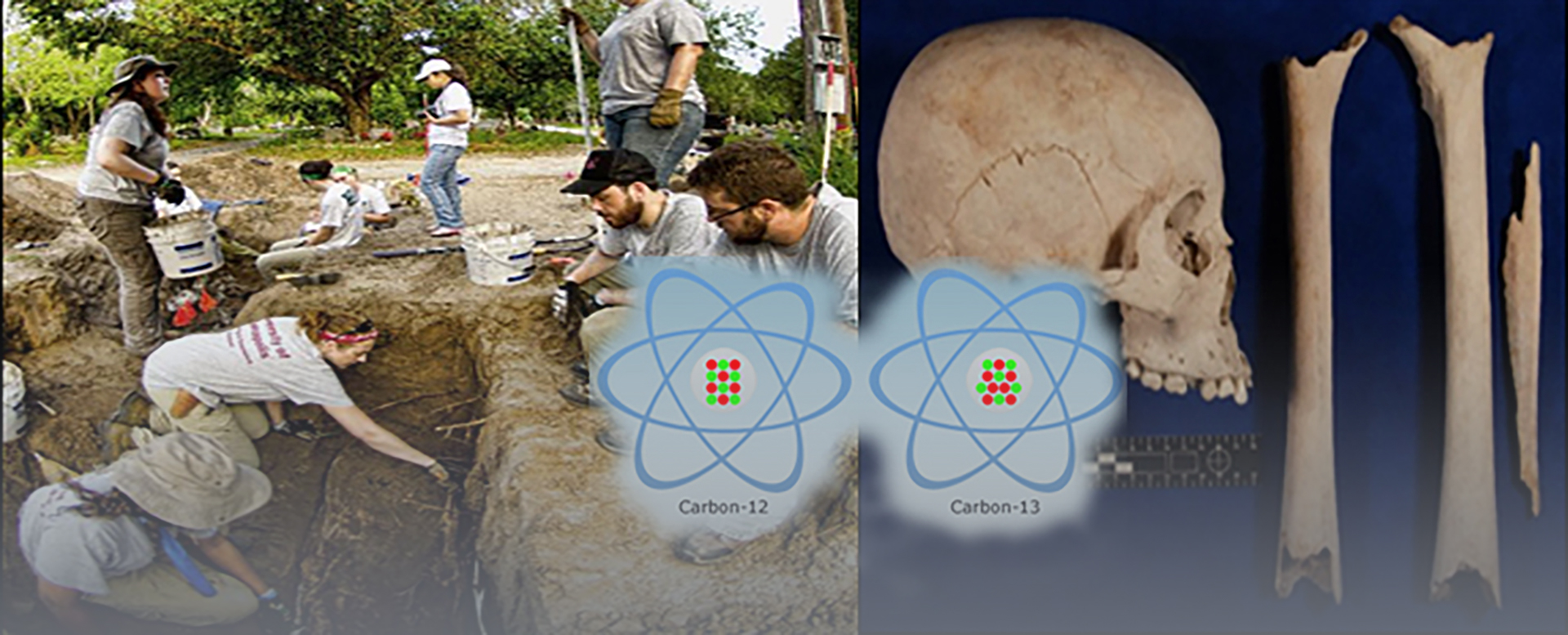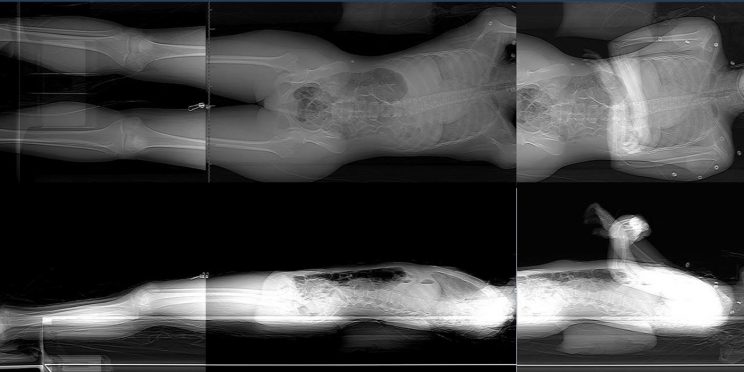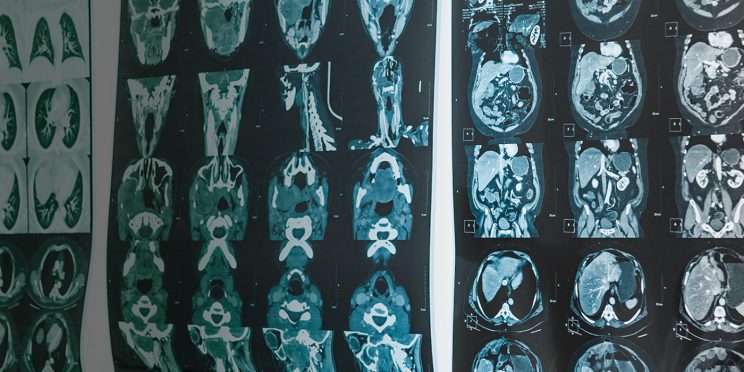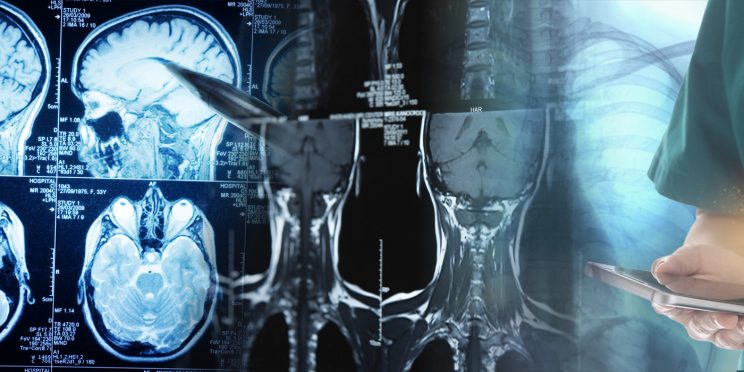This webinar originally occurred on May 24, 2017
Duration: 2 hours
Overview
This webinar discussed applications of stable isotope analysis for predicting region of origin of unidentified border crossers found within the United States. Participants will understand the applications and limitations of stable isotope analysis.
This webinar highlights the application of stable isotope analysis in predicting the region of origin of unidentified border crossers (UBCs) found deceased within the United States. Recent applications of stable isotope forensics for provenancing human remains address several challenges and limitations, and present some guidelines for future research. Over the past decade, the use of stable isotope analysis has become an increasingly important part of forensic casework. It has been applied to unidentified human remains cases from local jurisdictions, past wars and conflicts, victims of genocide, and undocumented border crossers. These applications have been successful due to the recent development of baseline water and geological 'isoscape’ maps for various regions, as well as defining regional and cultural variation in human diets. Collaborations between forensic anthropologists and analytical chemists have provided new opportunities to develop and test new methods by evaluating samples of known origin.
Presenter
- Dr. Eric Bartelink | Director of the Human Identification Laboratory and the Stable Isotope Preparation Laboratory at California State University, Chico
Funding for this Forensic Technology Center of Excellence webinar has been provided by the National Institute of Justice, Office of Justice Programs, U.S. Department of Justice.
The opinions, findings, and conclusions or recommendations expressed in this webinar are those of the presenter(s) and do not necessarily reflect those of the U.S. Department of Justice.
Contact us at ForensicCOE@rti.org with any questions and subscribe to our newsletter for notifications.




